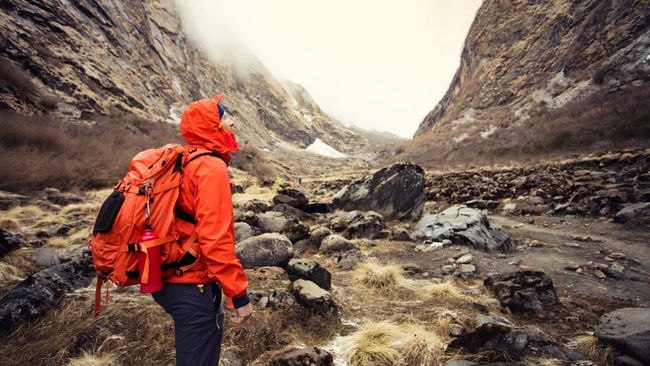
Jakarta, clubnet Indonesia
–
Directorate General of Natural Resources and Conservation of the Ministry of Forestry (
Kemenhut
) released a list of grading of mountain climbing paths in Indonesia.Ranking includes
mountains
which is under the management of the National Park and Nature Tourism Park.
The grading of the mountain climbing path itself is a classification of risk -based mountain climbing, one of which is measured by the level of complexity.
Forestry Minister Raja Juli Antoni said this ranking was made following the many climbing incidents that occurred in recent times.For example, the tragedy of the death of a Brazilian climber, Juliana Marins at Mount Rinjani National Park, which he considered to accelerate changes in the management of mountain hiking pathways in Indonesia.
“Mountain climbing is a high -risk activity. Principle
Zero accident
asserted that each life must be protected with a strong safety system, from the beginning of the journey to go down again, “he said in the grading document of the mountain climbing path in Indonesia received
clubnetIndonesia.com
, Tuesday (8/19).
Existence
grading
This, according to him, can help people understand the level of climbing risk of each mountain.
Grading
This is also considered to be able to help managers in preparing SOPs and path management policies.
”
Grade
The path will affect the policy of using guides, type of insurance, provision of safety security infrastructure, as well as the provision of tools and SAR teams that are always alert and responsive, “he said.
In total, there are around 81 mountain climbing routes in Indonesia that are included in this ranking.The ranking is divided into five categories I (one) to V (five).The grade V category indicates a very risky climb.
Overall, 40 percent of the mountain climbing path is dominated by Grade III.Grade III indicates the middle level to difficult climbing pathway.
In Grade III, climbers began to be required to meet the requirements already had the experience of climbing a mountain with grade below or I and II.
While high grade or V signifies a combination of heavy field risk combined with difficult access and very dynamic weather conditions.There are three hiking paths that enter Grade V, including Mount Leuseur (Blangkejeren Path), Mount Carstensz Pyramid (Puncak-Puncak Valley Line), and Trikora Mountain (Habema-Puncak).
While the rest is divided into Grade I, II, and IV.
“Most mountain climbing routes in the TN and TWA regions have physical challenges and environmental risks that cannot be underestimated. Each grade has a different level of risk,” the document wrote.
(ASR/ASR)
[Gambas: clubnet video]
Read More: The Ministry of Forestry is ready to support the Priority Check Priority Program for Free
Read More: Europe want to be involved in the meeting of Trump, Putin, and Zelensky


